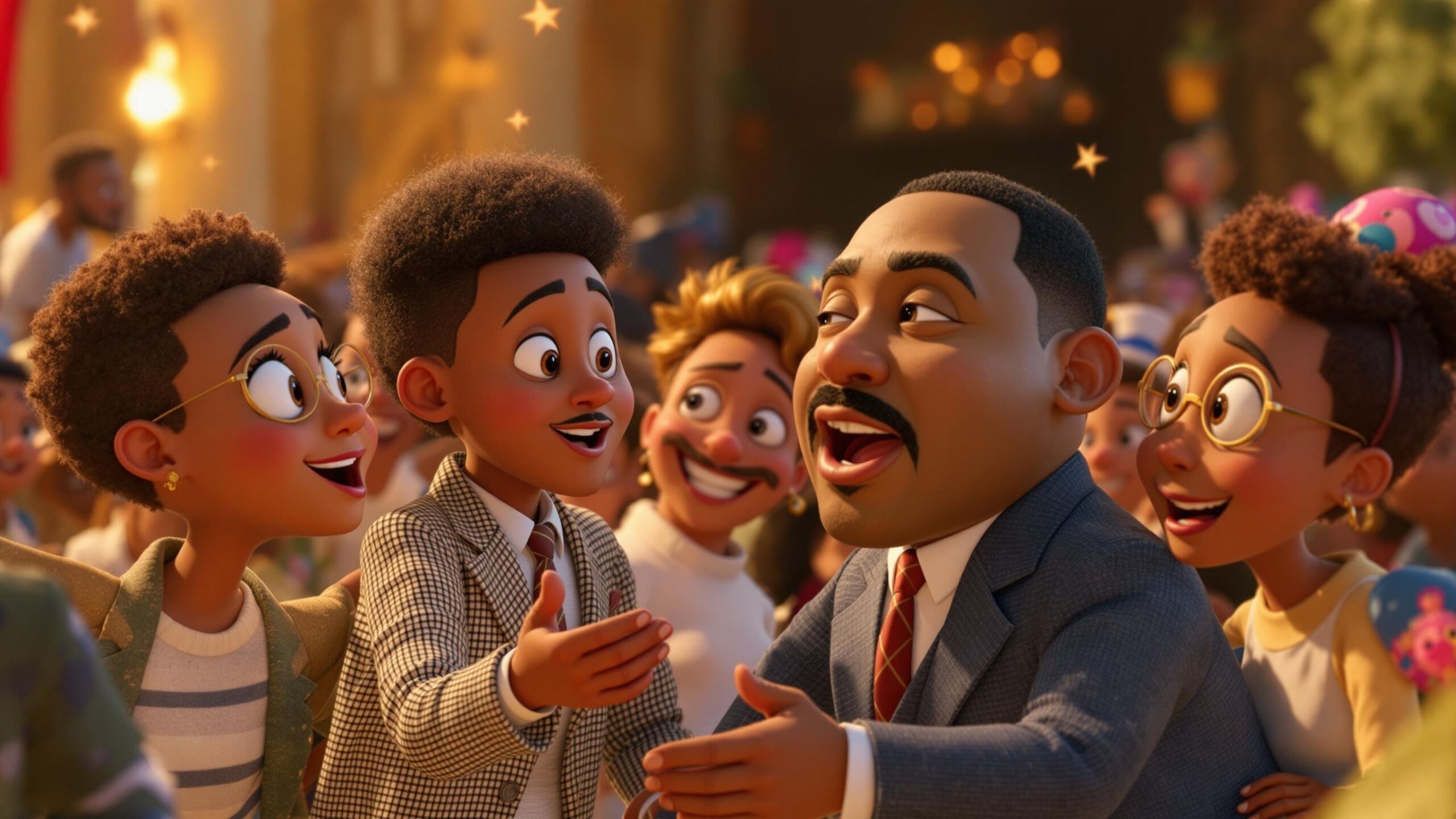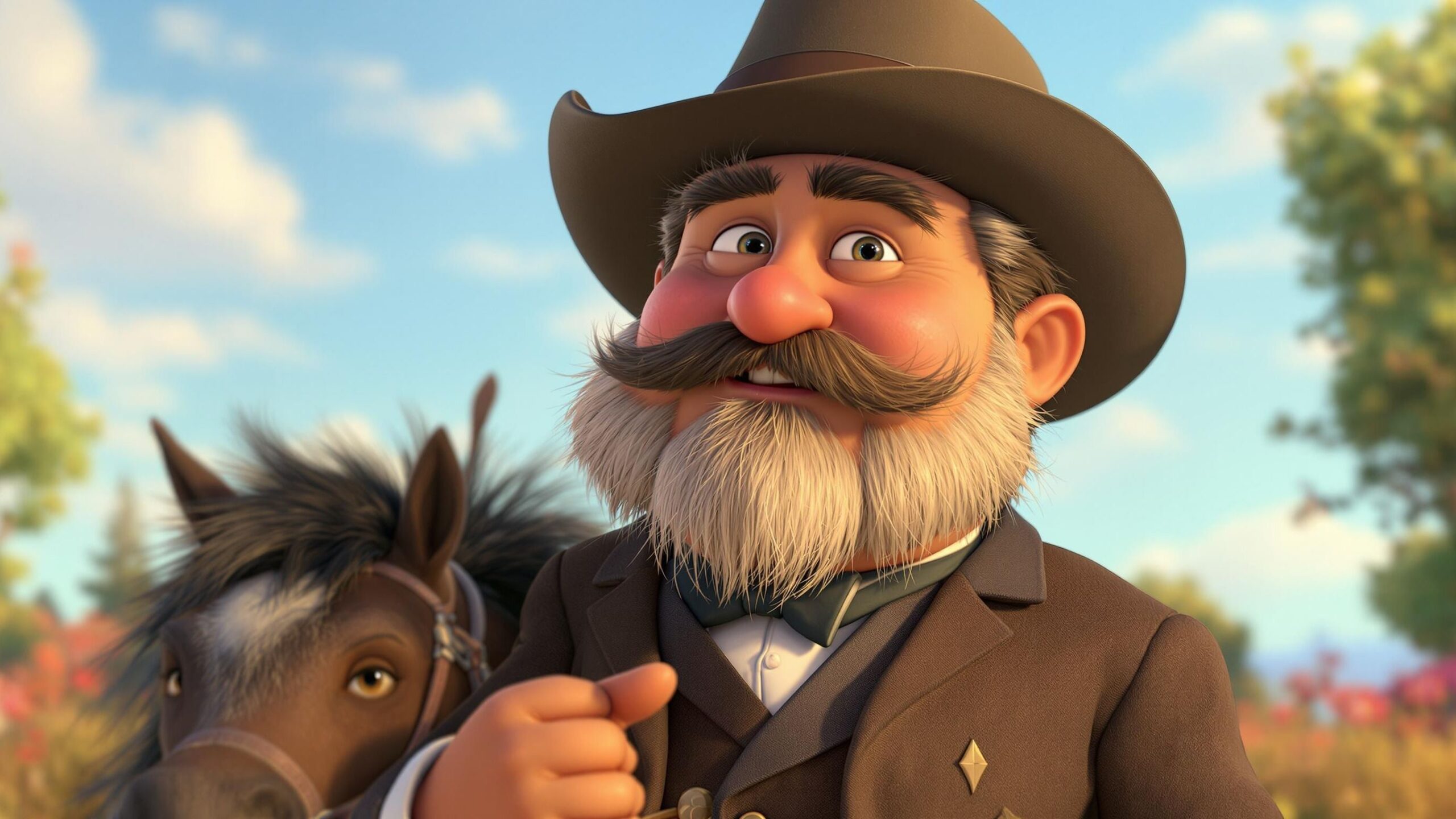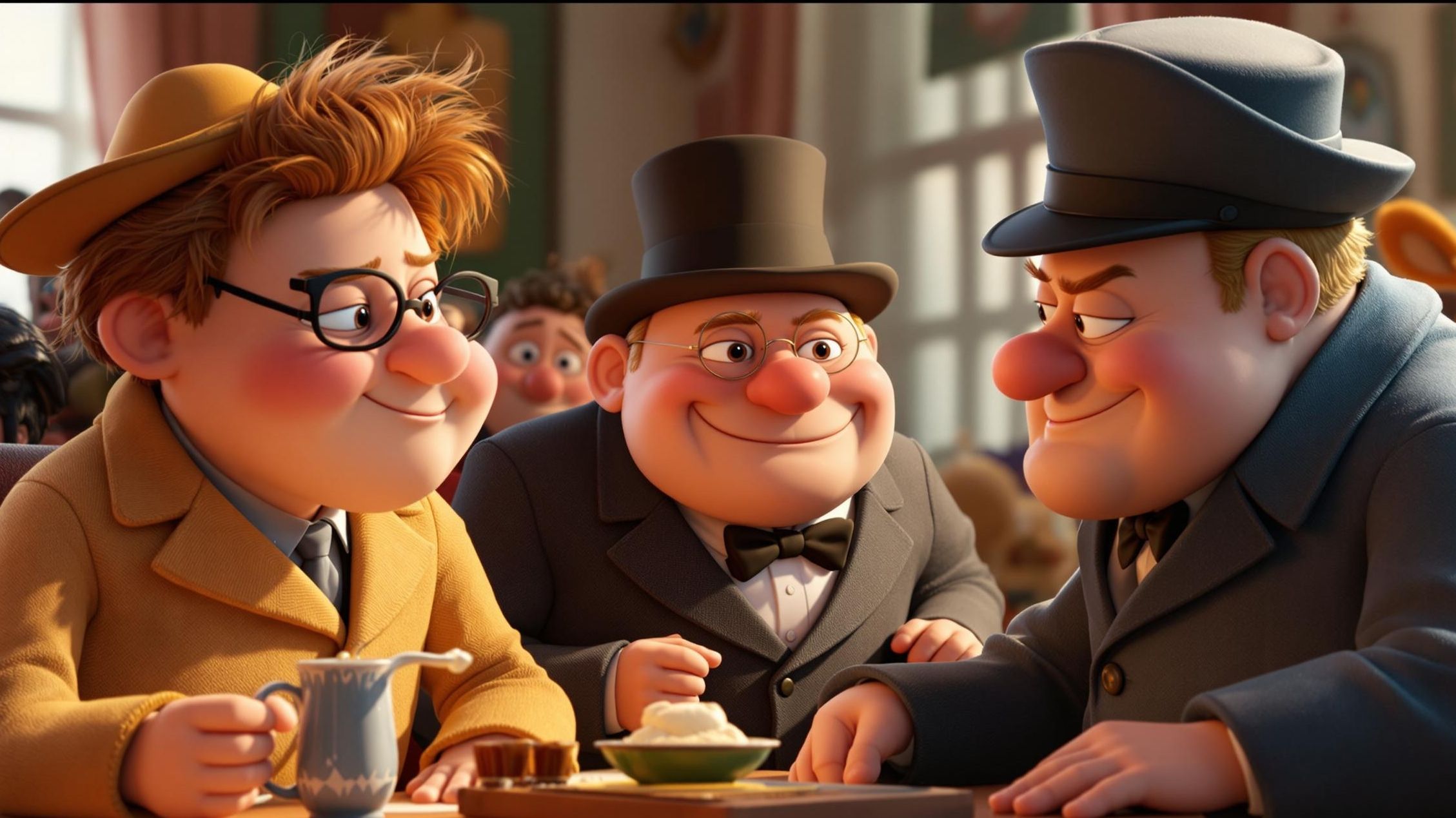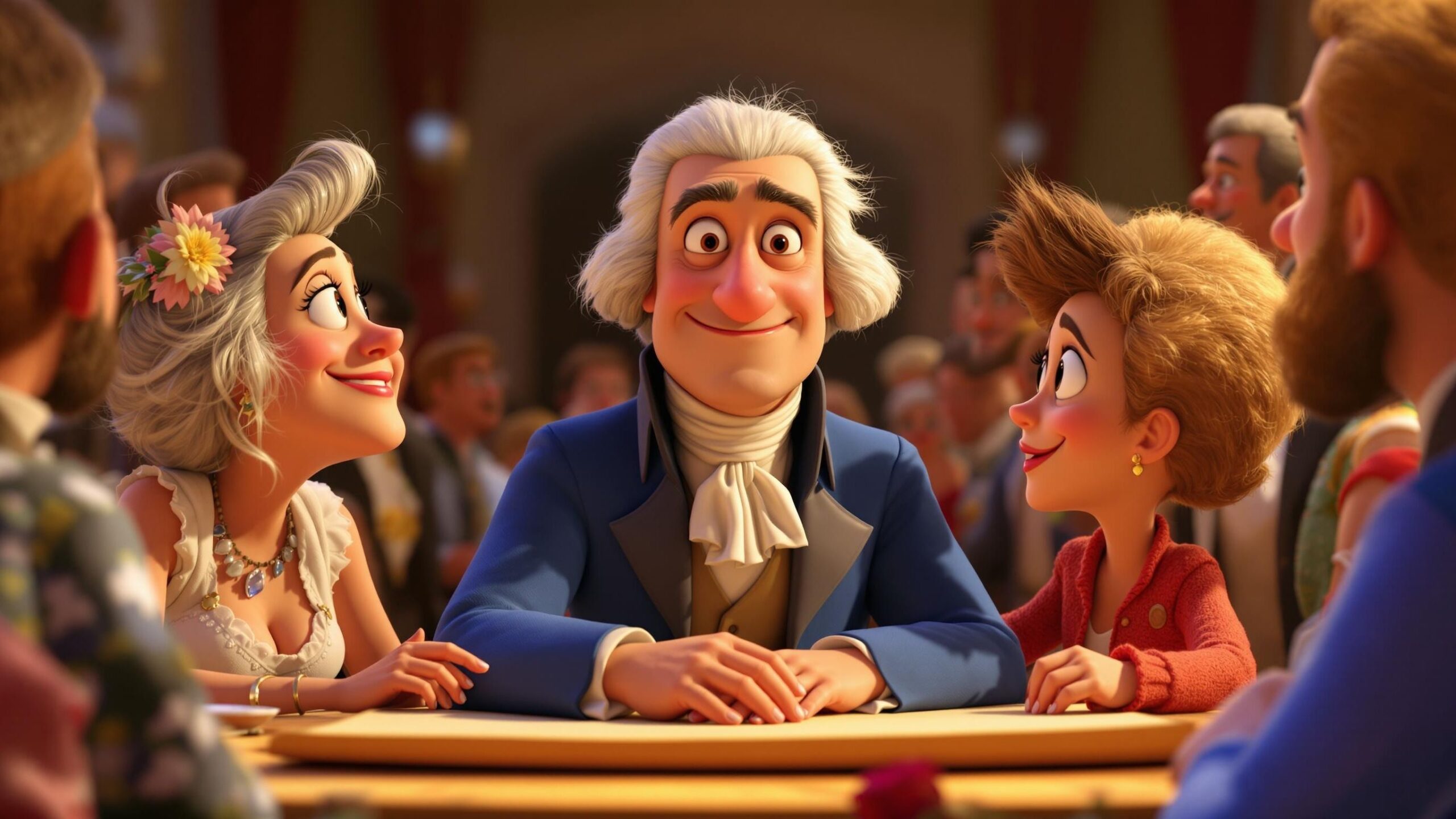A Dream Echoed Through Time
On a sweltering August day in 1963, under the gaze of the Lincoln Memorial and the eyes of more than 250,000 people, a Baptist preacher with a booming voice and a message of hope delivered a speech that would shake the very soul of a nation. “I have a dream,” said Martin Luther King Jr., and those words didn’t just float into the summer air—they ignited hearts, cracked walls of injustice, and created a rhythm of change that still beats today. More than 60 years later, the “I Have a Dream” speech isn’t just a relic of the Civil Rights Movement. It lives on as one of the most iconic orations in history, a blueprint for justice, and a call to action that continues to inspire dreamers, leaders, and everyday people around the globe. So, what is it about that speech—those words, that moment—that still makes the world pause and listen?
A Dream Echoed Through Time
On a sweltering August day in 1963, under the gaze of the Lincoln Memorial and the eyes of more than 250,000 people, a Baptist preacher with a booming voice and a message of hope delivered a speech that would shake the very soul of a nation. “I have a dream,” said Martin Luther King Jr., and those words didn’t just float into the summer air—they ignited hearts, cracked walls of injustice, and created a rhythm of change that still beats today. More than 60 years later, the “I Have a Dream” speech isn’t just a relic of the Civil Rights Movement. It lives on as one of the most iconic orations in history, a blueprint for justice, and a call to action that continues to inspire dreamers, leaders, and everyday people around the globe. So, what is it about that speech—those words, that moment—that still makes the world pause and listen?
The Power of Vision Over Division
King’s brilliance wasn’t just in exposing the horrors of segregation. It was in painting a picture of what could be. While others focused on policy and protest, King dared to dream. He wasn’t ignoring the pain—he was giving people a reason to believe beyond it. He used imagery, repetition, and rhythm like a poet, lifting his audience above the smog of oppression to glimpse a mountain top glowing with possibility. He didn’t say, “I have a plan.” He said, “I have a dream.” That one word—dream—transcended strategy and tapped into the universal human longing for dignity, unity, and love. Dreams can’t be locked up, shouted down, or beaten with batons. They are powerful precisely because they belong to everyone. King’s dream wasn’t just for Black Americans. It was for all Americans. All people. It was a vision of harmony that resonated with the soul, regardless of background, belief, or birthplace. That’s why it still rings loud today.
A Masterpiece of Language and Timing
Few speeches in history have balanced urgency and poetry so flawlessly. King’s cadence was almost musical, his tone rising and falling like a preacher leading a revival. He used biblical references, patriotic promises, and universal truths to craft a tapestry of hope woven with purpose. He moved seamlessly from the Declaration of Independence to the Old Testament to Negro spirituals, making his message feel timeless and sacred. And the timing? Impeccable. The nation was boiling with racial tension. J ust weeks earlier, civil rights activists had faced beatings, arrests, and fire hoses. Children were marching. Families were frightened. America stood at a crossroads. Into that moment stepped a man with not just a message—but a melody. A dream that could carry the weight of a movement and the hope of a generation. The beauty of the speech is that it doesn’t age. Its words, carefully chosen, echo across decades with the same fire and grace. You don’t need to live in 1963 to feel it. You just need ears—and a heart.
Hope Dressed in Courage
“I have a dream” is not the language of certainty. It’s the language of hope. King wasn’t declaring what was—he was proclaiming what could be, even when the evidence said otherwise. That’s courage. That’s what makes the speech powerful not just historically, but emotionally. Standing in front of a sea of people, King spoke as if the mountain of injustice could be moved by faith alone. That faith wasn’t naïve—it was radical. It defied centuries of cruelty and dared to believe in redemption. King didn’t pretend the road was easy. He just insisted the journey was necessary. Today, when the world feels divided, when progress feels slow, and justice feels distant, King’s words remind us that hope isn’t weakness—it’s a weapon. The kind that can bring giants to their knees and turn whispers of change into thunderclaps of revolution.
Relevance in Every Era
You don’t need a history degree to see that King’s dream is still unfinished. His words remain relevant because the world still wrestles with inequality, discrimination, and division. Systemic racism hasn’t vanished. Voter suppression still haunts communities. Economic injustice persists. The dream is alive—but so are the nightmares it sought to end. And yet, that’s exactly why the speech endures. Because every new generation finds themselves in the gap between the world that is and the world that should be. King gives voice to that yearning. He gives shape to that hope. And he gives strength to those who keep walking, marching, and dreaming. In classrooms, courtrooms, protests, and political arenas, “I Have a Dream” is quoted, posted, recited, and remembered. Not just as a moment in history—but as a mirror to our present and a map for our future.
Universal Themes, Unbreakable Message
At its heart, the “I Have a Dream” speech is not just about civil rights. It’s about human rights. It’s not just about race. It’s about dignity King doesn’t just call for an end to segregation. He calls for the end of hate, of judgment, of cruelty disguised as order. He speaks of children. Of character. Of justice rolling down like waters. These are themes that transcend geography, politics, and time. They speak to the soul’s deepest desire—to be seen, to be heard, to belong. That’s why his message has echoed in South Africa’s anti-apartheid struggle, in Berlin during the Cold War, and in recent movements like Black Lives Matter. Wherever people fight for freedom and fairness, King’s dream marches with them.
Amplifying the Quiet Voices
One of the most powerful elements of the speech is how it gives voice to the voiceless. King didn’t just speak for the marginalized—he amplified them. He stood as a vessel through which the cries of the oppressed could be heard in the highest halls of power. When he said, “We cannot be satisfied,” he was channeling generations who had waited too long for justice. When he spoke of little Black boys and girls joining hands with little white boys and girls, he was articulating vision millions dared not speak aloud. And in doing so, he inspired others to raise their voices, too. The “I Have a Dream” speech didn’t just empower—it emboldened. It planted seeds of confidence in people who had been told their whole lives to stay silent. Those seeds are still blooming.
The Performer of the Possible
Martin Luther King Jr. didn’t read that speech from beginning to end as it was originally written. In fact, the most famous portion—the dream itself—was ad-libbed. Gospel singer Mahalia Jackson called out from behind him, “Tell them about the dream, Martin!” And in that unscripted, sacred moment, he stepped away from the page and into history. He spoke from the heart. From memory. From fire. That spontaneity, that emotional courage, elevated the speech from great to transcendent. King wasn’t just delivering a message—he was living it, embodying it, breathing it into being. He didn’t just believe in change—he became the change. And his voice, soaring across the Mall, reminded America of its better self.
A Call to Keep Dreaming
The “I Have a Dream” speech is not a conclusion—it’s a beginning. King doesn’t end with victory. He ends with hope. With urgency. With the command to “go back” to the communities from which the crowd had come, to continue the work, to keep the dream alive not just in words but in action. And today, the speech still asks that of us. It still calls us to challenge injustice, to listen to each other, to dream louder and act bolder. It invites us to believe that history bends toward justice—but only if we help push. King’s dream was not a fantasy. It was a blueprint. And blueprints are meant to be built upon.
A Dream That Belongs to All
There’s a reason why King’s words are taught to children, quoted by presidents, etched into marble, and echoed across protests in every era. The “I Have a Dream” speech is not about a man—it’s about a mission. It’s not locked in the past—it’s a compass pointing forward. It reminds us that courage can be peaceful. That words can move mountains. And that no matter how dark the world may seem, light lives in the dreams we refuse to let die. Martin Luther King Jr. didn’t live to see his dream fully realized. But every time someone stands up for what’s right, every time people walk hand in hand toward a more just future, his voice whispers again: “Let freedom ring.”
Still Dreaming, Still Marching
In a world that often feels noisy, divided, and uncertain, the “I Have a Dream” speech stands as a quiet storm of clarity. It reminds us that true change begins not with cynicism, but with belief. Not with shouting over others, but with lifting them up. Not with giving up—but with dreaming bigger. Martin Luther King Jr. wasn’t offering a speech. He was offering a promise. A dream stitched into the very fabric of our collective conscience. A dream still waiting to be fully realized. A dream that every generation must carry forward. And as long as there are people willing to believe in that dream—to stand, to speak, to act with love and courage—it will never fade. It will grow. It will guide. It will echo. Because dreams like his never die. They only multiply.




